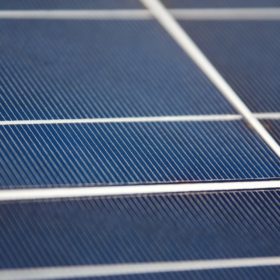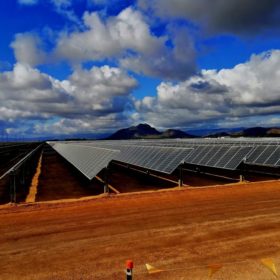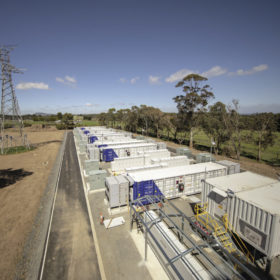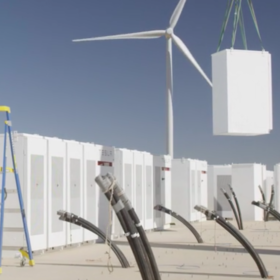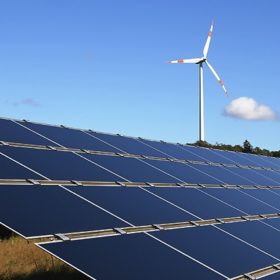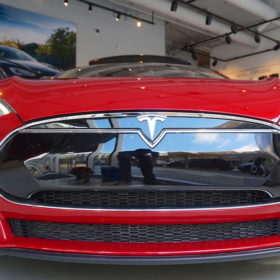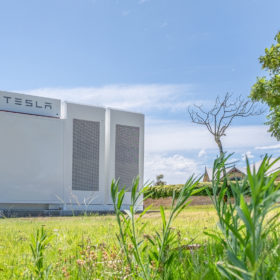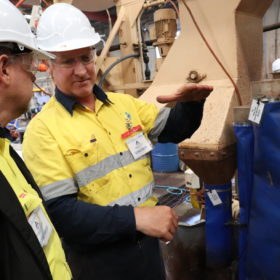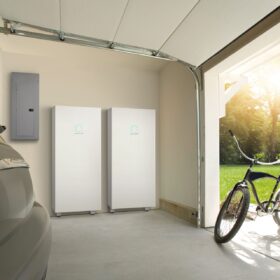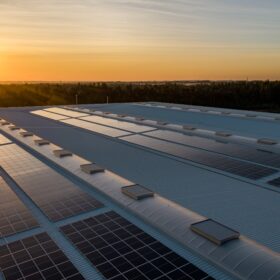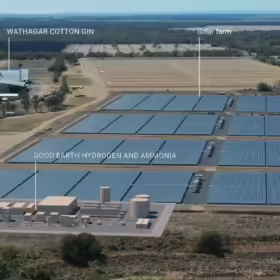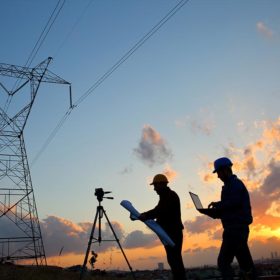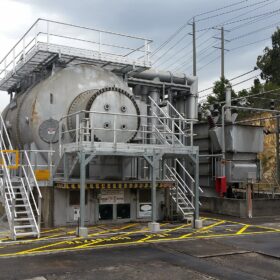Coronavirus could cause PV module, battery cell shortages in Australia
As the outbreak takes its toll on solar panel and battery manufacturing in China, Australia is bracing for disruptions in the supply chains.
Downer exits Australian solar sector as risks pile up
As the survival of the fittest continues in Australia’s notoriously competitive EPC market, the Sydney-based diversified infrastructure company has signaled that it will no longer bid fixed prices to build solar.
Coronavirus could cost Chinese battery makers 26 GWh of output
WoodMac analysts say the amount of new battery manufacturing capacity added in the nation this year could fall by as much as 10% because of the outbreak. With Tesla’s Shanghai gigafactory affected by the extended new-year-holiday shutdown, the analyst warned of potential supply shortages for Australia and the U.S. and U.K.
Big batteries earn $20 million over three months
Against the backdrop of extreme heat, generator, and transmission line outages and intense bushfires, revenues for grid-scale batteries on the National Electricity Market (NEM) have been trending upwards.
Solar and wind set new output record even as curtailment continues to bite
Grid-scale wind and solar output reached new highs in Q4 last year pushing power prices to a three-year low despite a number of coal-fired generator outages. As Australia’s big PV fleet continues to expand, the National Electricity Market saw the highest output of big PV on record, but also record curtailment.
Energy density advances and faster charging would unlock EV revolution
With electric vehicles making up only 3% of the global car market last year, analyst WoodMac says battery packs need to be cheaper and lighter and range anxiety must be addressed to change the habits of drivers.
Perth’s first utility-scale community battery
Synergy and Western Power’s PowerBank trial has reached another milestone with the integration of a utility-scale community battery into Perth’s major metropolitan network.
Australian Vanadium boosted by federal grant
Perth-based Australian Vanadium has received another boost from the Federal Government with the award of a further $1.25 million research and development grant to fund research into improving vanadium processing.
Steggall seeks to wipe the Parliamentary floor with people power on her Climate Change Act
“We really need to think of the long-term safety of Australia,” said Steggall this morning as she launched her campaign to set action on climate change in legislation that follows (belatedly) the UK Climate Change Act of 2008.
The psychology of climate-change denial — we’re all on the spectrum
Fire-extinguishing rain on the East Coast, coronavirus as an urgent threat, and Morrison drumming up support for technology and free-market forces to cure climate change… It was a weekend to shake the resolve of some people to act on their own carbon emissions, but understanding the psychology of how we perceive risk and commit to action can help us focus and keep the flame of response alive.
